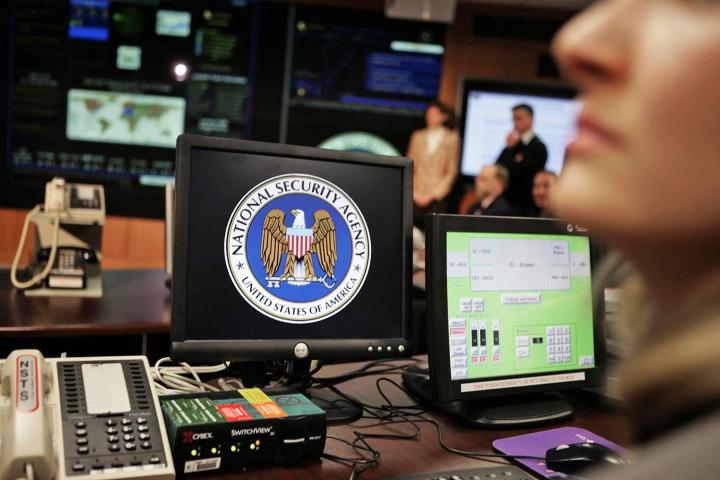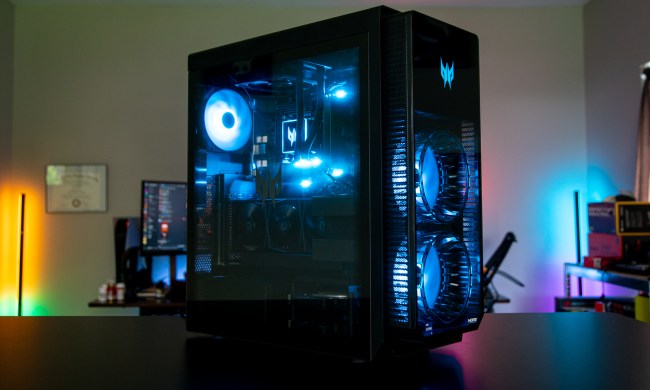
The Senate has officially voted 67-32 to approve the passage of the USA Freedom Act, which will place a number of limitations on the way that the National Security Agency conducts its phone surveillance programs.
As mentioned previously, the newly revised version of Section 215 will transfer the responsibility of collecting phone data en masse from the NSA to the phone companies themselves, something they already do to assist in tasks like customer billing and account management.
Members of the House fought long and hard to ensure that no more changes or amendments were added to the bill before its passing, despite the efforts of Republican Kentucky Senator Mitch MConnell who warned the passage of the USA Freedom Act would “take one more tool away from those who defend our country every day.”
Passed, 67-32: H.R. 2048, the USA FREEDOM Act.
— Floor Monitor (@SenGOP_Floor) June 2, 2015
Other Senators were ecstatic, claiming that the regulations would usher in a new era of personal privacy for the American people.
“It is not an exaggeration to say the passage of the USA Freedom Act is the most significant victory for Americans’ privacy rights in more than a decade, and stands as a true endorsement of the principle that Americans do not need to sacrifice their liberty to have security,” said Democratic Senator Ron Wyden of Oregon.
It’s not all good news, however, as other provisions that had lapsed with 215 will be revived just as they were prior to their expiration on Sunday night.
The reinstatement of the “roving wiretap” and “lone wolf” sections of the bill will give local and federal law enforcement full permission to track the activities and tap the devices of individual citizens at their discretion, even if the target in question has never showcased links to any known terrorist organizations before being tracked.
The President himself still spoke optimistically about the passage of the bill, taking to Twitter to let the world know that he was “Glad the Senate finally passed the USA Freedom Act. It protects civil liberties and our national security. I’ll sign it as soon as I get it,” he wrote on the @POTUS account.


